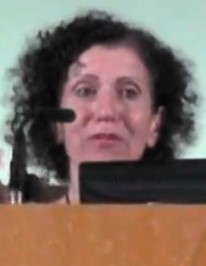Jacqueline Gottlieb | |
|---|---|
 Gottlieb in 2016 | |
| Alma mater | Yale University Massachusetts Institute of Technology |
| Scientific career | |
| Institutions | National Institutes of Health Uniformed Services University of the Health Sciences Columbia University |
| Thesis | Contributions of the frontal eye field to smooth pursuit eye movements (1993) |
Jacqueline Gottlieb is an American neuroscientist who is a professor of neuroscience and the Principal Investigator at the Columbia University Zuckerman Institute. Her research considers the mechanisms that underlie cognitive function.